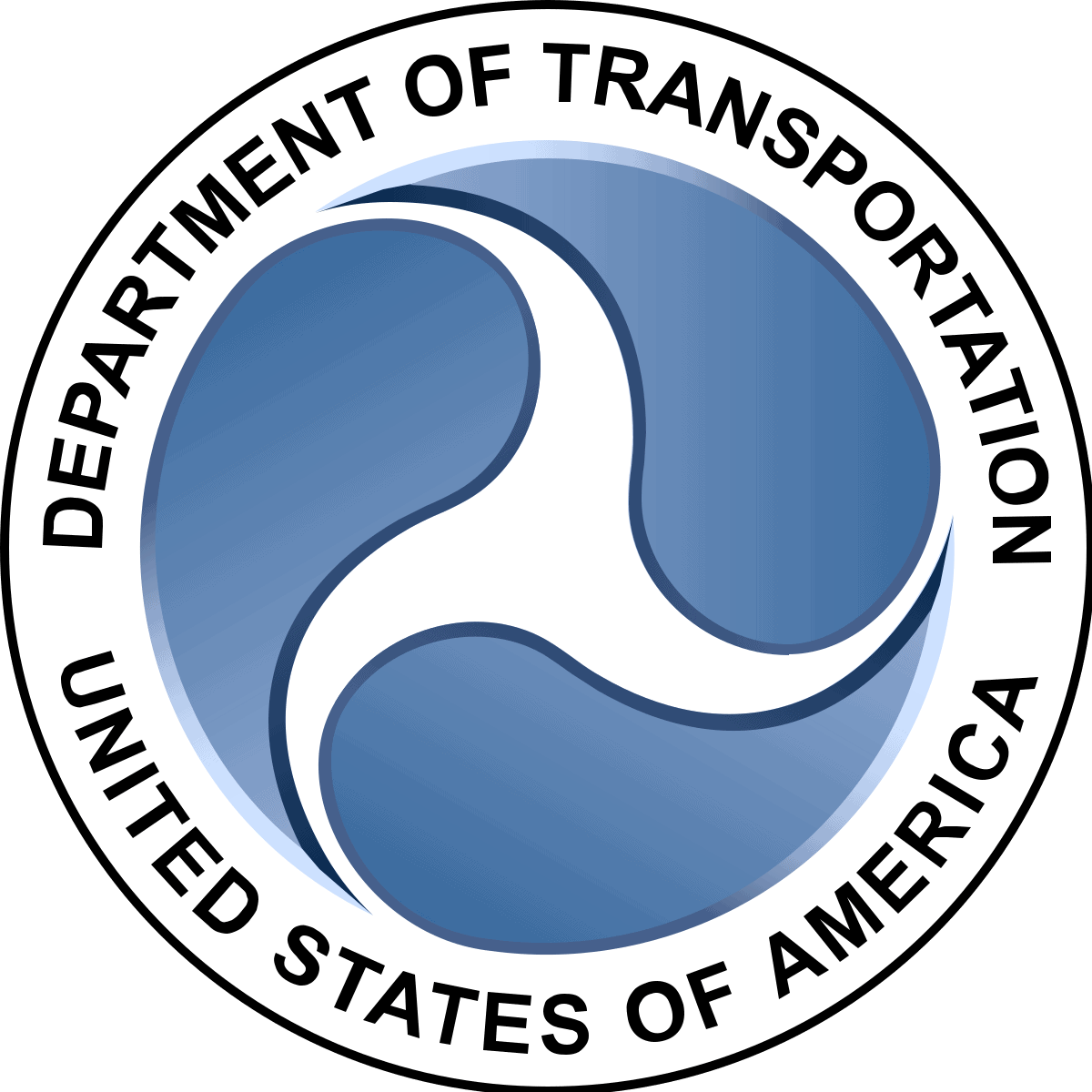Trump Administration Terminates California’s Unlawful Power over Auto Industry

 Today, the U.S. Department of Transportation’s National Highway Traffic Safety Administration (NHTSA) and the U.S. Environmental Protection Agency (EPA) took the first step towards finalizing the proposed Safer, Affordable, Fuel-Efficient (SAFE) Vehicles rule by issuing a final action entitled the “One National Program Rule.” The rule “will enable the federal government to provide nationwide uniform fuel economy and greenhouse gas emission standards for automobiles and light duty trucks,” the agencies state in their press release.
Today, the U.S. Department of Transportation’s National Highway Traffic Safety Administration (NHTSA) and the U.S. Environmental Protection Agency (EPA) took the first step towards finalizing the proposed Safer, Affordable, Fuel-Efficient (SAFE) Vehicles rule by issuing a final action entitled the “One National Program Rule.” The rule “will enable the federal government to provide nationwide uniform fuel economy and greenhouse gas emission standards for automobiles and light duty trucks,” the agencies state in their press release.
At this morning’s press conference, Secretary of Transportation Elaine Chao said: “Today’s action meets President Trump’s commitment to establish uniform fuel economy standards for vehicles across the United States, ensuring that no State has the authority to opt out of the Nation’s rules, and no State has the right to impose its policies on the rest of the country.”
EPA Administrator Andrew Wheeler said: “One national standard provides much-needed regulatory certainty for the automotive industry and sets the stage for the Trump Administration’s final SAFE rule that will save lives and promote economic growth by reducing the price of new vehicles to help more Americans purchase newer, cleaner, and safer cars and trucks.”
The agencies’ press release summarizes the One National Program Rule’s three main legal determinations:
- Pursuant to Congress’s mandate in the Energy Policy and Conservation Act, only the federal government may set fuel economy standards, and state and local governments may not establish their own separate fuel economy standards. This includes state laws that substantially affect fuel economy standards (such as tailpipe greenhouse emissions standards and zero-emissions vehicle mandates).
- In addition, the EPA is withdrawing the 2013 Clean Air Act waiver that authorized California to pursue its own tailpipe greenhouse gas emission (fuel economy) standard and zero-emissions vehicle mandate. As a result, these two programs are also prohibited by the Clean Air Act.
- Moving forward, California must continue to enforce its programs to address smog and other forms of traditional air pollution caused by motor vehicles. The state must redouble its efforts to address the worst air quality in the United States and finally achieve compliance with EPA’s National Ambient Air Quality Standards, where for decades it has failed to address serious, severe, and extreme non-compliance status in several areas within the state.
This is a momentous achievement for Team Trump. The One National Program Rule is a legal framework for regime change. It terminates California’s unlawful 10-year reign over national fuel economy policy. It will realign power with responsibility as federal agencies accountable to Congress—rather than bureaucrats in a single state—once again call the shots on fuel economy regulations affecting both the commercial viability of U.S. automakers and the welfare of American consumers.
The One National Program Rule will also dissolve the regulatory sword of Damocles that has been hanging over the U.S. auto industry since 2009, when the Obama-era EPA reconsidered and then approved California’s request for Clean Air Act authority to implement its own greenhouse gas motor vehicle standards. The Obama policy effectively made California the lead agency in all subsequent deliberations over fuel economy policy—the polar opposite of what Congress intended when it enacted EPCA.
How so? If ever automakers, or a future administration, dared to oppose Sacramento’s increasingly aggressive “green car” mandates, California and its allied states could threaten to decouple from the federal program and enforce their own separate standards. If the California-led states wanted to get really nasty about it, they could subject automakers to the administrative chaos of a market-balkanizing fuel economy patchwork.
That peril is now banished. Consequently, as the new reality sinks in that California is no longer a fuel economy decision maker, automakers should feel free to prioritize the product preferences of consumers over the policy preferences of Sacramento bureaucrats. Whether they realize it or not, U.S. automakers owe the president a big thank you.